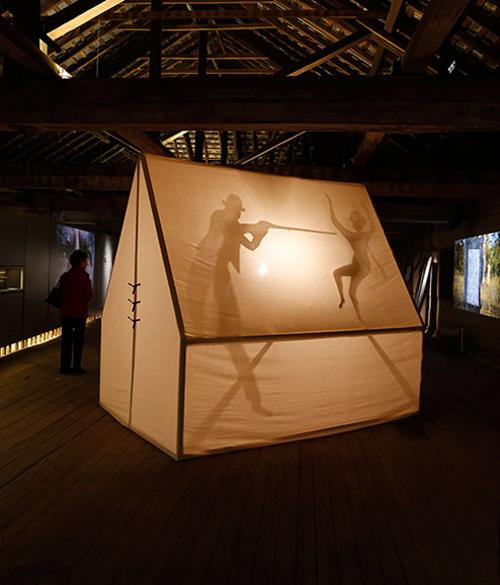YARN: The art of conversation
Coby Edgar interviews Warren Roberts, CEO of YARN Australia

A couple of years ago I quipped to my friend Alec Coles, who had recently taken up the position of CEO at the West Australian Museum, that the spirit of terra nullius lurks beneath the floorboards of every museum and art gallery in Australia. Apparently, he has dined out on this slightly parsimonious comment once or twice since. Alec likes to raise the stakes in discussions with his colleagues about the responsibilities that history demands of them as leaders of major collecting institutions—each with its own problematic legacy in terms of respecting and representing Indigenous culture.
